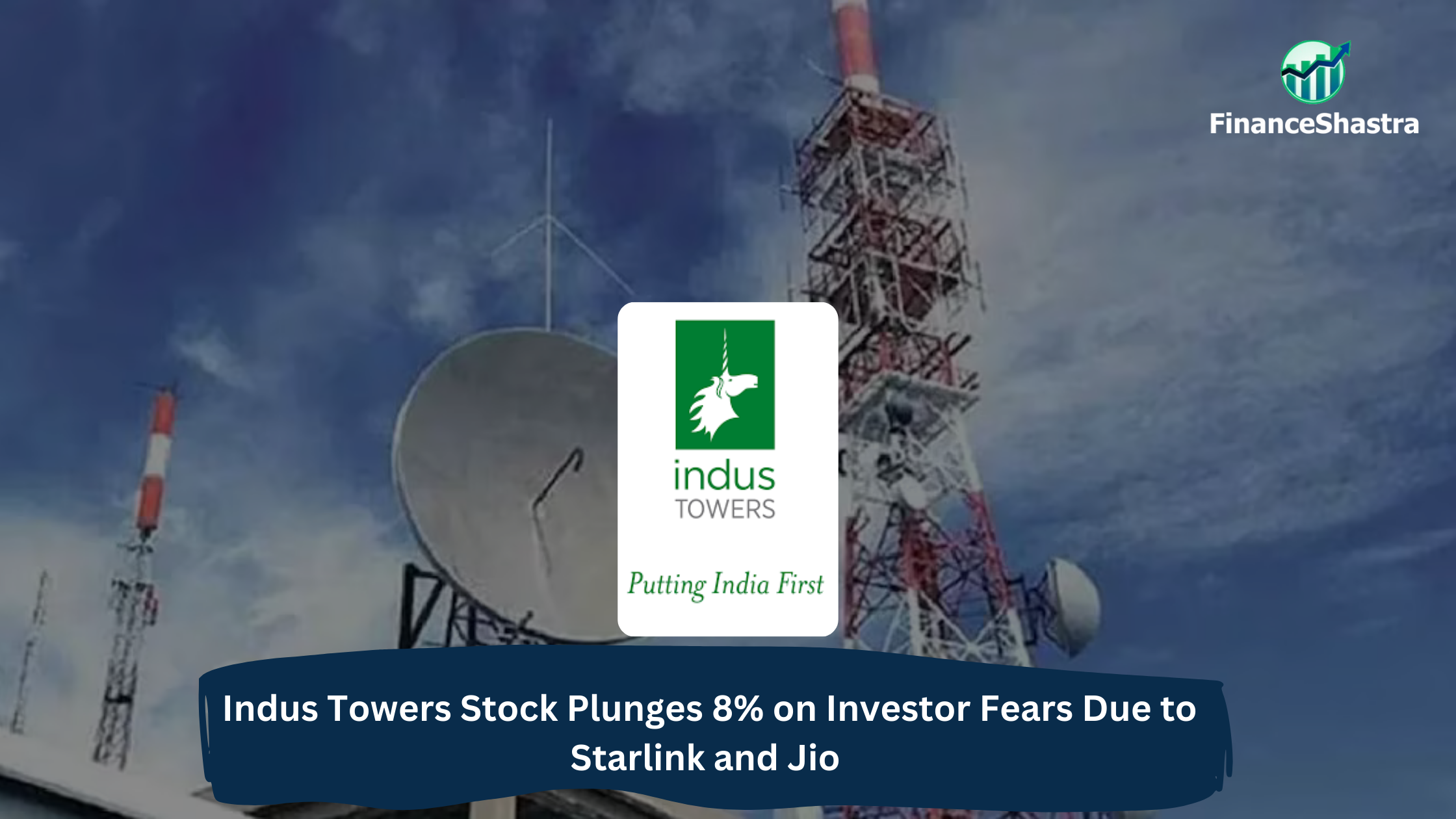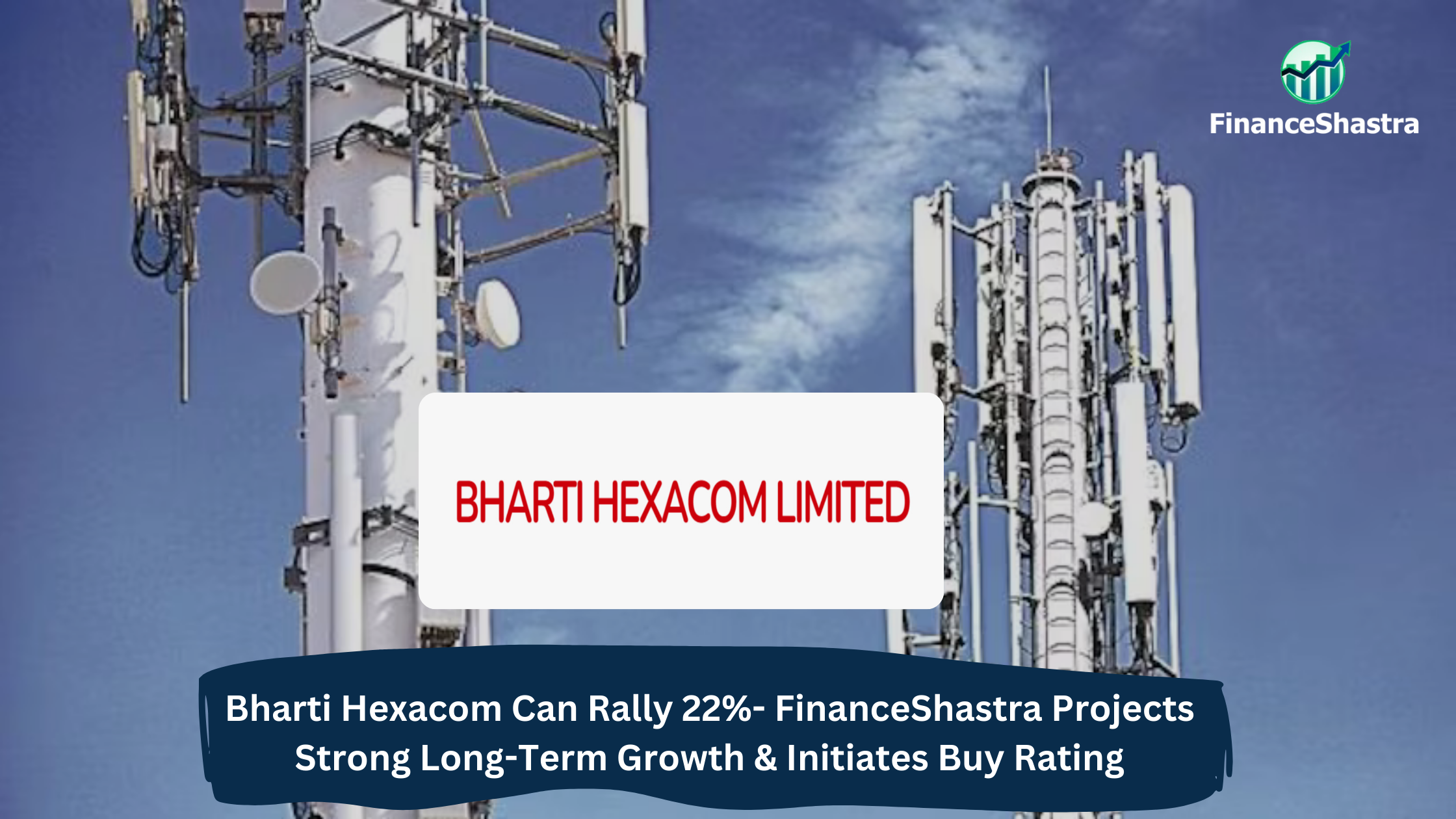Dr. Reddy’s Stock Slumps to 52-Week Low – What’s Driving the Decline?
Business and Industry Overview:
Dr. Reddy’s Laboratories is a big medicine company from India. Dr. K. Anji Reddy started it in 1984. The company is in Hyderabad. It makes and sells medicines in more than 50 countries. The main countries are India, the U.S., Europe, Russia, China, and Latin America. Dr. Reddy’s makes generic medicines. These are low-cost versions of expensive medicines. This helps more people buy the medicines they need. The company also makes important ingredients that help in making medicines. Many other companies use these ingredients to make their medicines.
Dr. Reddy’s also makes biosimilars. These are special medicines that help treat cancer, diabetes, and other serious diseases. The company also makes medicines for skin diseases, heart problems, and brain illnesses. It played a big role in COVID-19 treatments. It helped in making and selling COVID-19 medicines and vaccines. Dr. Reddy’s has many factories and research centres in India and other countries. The company spends a lot of money on research and development (R&D). Scientists in the company work hard to make new medicines and improve old ones. The company follows strict rules to make sure its medicines are safe and work well. It is listed on India’s National Stock Exchange (NSE) and the Bombay Stock Exchange (BSE). People in the U.S. can also buy its shares on the New York Stock Exchange (NYSE). The company also cares about the environment and people. It takes steps to reduce pollution and waste while making medicines. It helps healthcare, education, and poor communities. Dr. Reddy’s wants to make medicines safe, cheap, and available to everyone. It keeps growing and working to make healthcare better for the world.
India makes medicines for big companies around the world. Many companies want to make medicines in India because it is cheaper and has good safety rules. In 2023, the Indian medicine-making business was worth $15.63 billion, and it may grow to $44.63 billion by 2029. Indian companies charge 20% less than Chinese companies, so many foreign companies now choose India instead of China. In 2024, many Indian companies got 50% more projects from big pharma companies. India is now making new kinds of medicines, like gene therapy, cancer drugs, and RNA medicines, which are growing very fast. India has 650 factories approved by the US, making it a trusted supplier for the US and Europe. The government is helping by giving money and support to grow this business. Big Indian companies like Aurigene, Aragen, Divi’s Labs, Laurus Labs, and Jubilant Pharmova are opening new factories, and investors like Advent, Goldman Sachs, and Carlyle are putting in a lot of money. India is still learning how to make some advanced medicines, but with low costs, smart workers, and government support, India may soon be one of the biggest medicine makers in the world, even bigger than China.
As of the first quarter of the fiscal year 2025, Dr. Reddy’s Laboratories holds the 10th position in the Indian pharmaceutical market, with sales amounting to ₹1,330 crore. citeturn0search1 The company aims to improve its ranking to 5th place within the next five years. citeturn0search0 To achieve this, Dr. Reddy’s plans are to focus on brand planning, collaborations, inorganic growth opportunities, and innovation. In the cardiovascular segment, Dr. Reddy’s Cidmus holds a 32% market share. citeturn0search3
Latest Stock News:
As of March 13, 2025, Dr. Reddy’s stock price is ₹1,106.45. The price has gone up by 0.12% today, but it has been falling for the past few months. Recently, the stock hit a 52-week low of ₹1,100, which means it reached its lowest price in a year. Over the past three months, the stock has dropped by 11.26%, and in just one week, it has fallen by 1.89%. Fewer people are buying the stock, as today’s trading volume is 687,970, which is lower than the weekly average of 1,237,763.
Several reasons may be causing the price drop. Market conditions could be affecting the stock, as investors often react to economic changes. The company’s earnings and revenue growth may not have met expectations, leading some investors to sell their shares. Government regulations or delays in drug approvals could also impact investor confidence. Dr. Reddy faces strong competition from other pharmaceutical companies, which might make investors look for better opportunities elsewhere. Some investors may also worry about dividends, as lower or irregular payments can make a stock less attractive. Recently, the stock hit a new low, which may have triggered panic selling. Changes in global drug prices and demand could also affect the company’s earnings and stock value.
Potentials:
On March 12, 2025, Dr. Reddy announced that it would participate in an investor conference organised by Bank of America on March 19, 2025, in New York. The company plans to meet with institutional investors and analysts during this event. This meeting could help improve investor confidence and strengthen the company’s position in the market.
Dr. Reddy’s plans to launch 15 to 20 new medicines every year to stay strong in the market. Recently, its earnings in North America dropped because of more competition. But the CEO, Erez Israeli, believes the company will do better soon. Dr. Reddy’s is also working on new areas like health supplements, advanced treatments, and digital healthcare. It is careful with money and plans its growth wisely. The company will join an investor meeting in New York on March 19, 2025, to discuss its plans. However, there is a challenge ahead, as the U.S. might add high taxes on medicine imports, which could increase costs. Even with these problems, Dr. Reddy’s is focused on growing and improving healthcare worldwide.
Analyst Insights:
- Market capitalisation: ₹ 92,361 Cr.
- Current Price: ₹ 1,107
- 52-Week High/Low: ₹ 1,421 / 1,092
- P/E Ratio: 17.2
- Dividend Yield: 0.73 %
- Return on Capital Employed (ROCE): 26.5 %
- Return on Equity (ROE): 21.4 %
Dr. Reddy’s Laboratories is a good BUY because it is making steady profits. Its profit has grown 24.4% per year in the last five years. It has a high return of 26.5% on the money it uses for business. The company’s profit margins have also improved from 23% to 27% in a year. The stock is cheaper than competitors like Sun Pharma and Cipla. Even though the stock price dropped 12% last year, the company is strong. Its sales grew 15% in the last year, and it has low debt. We expect the stock to rise 22% in the next 12-18 months, making it a good buy.










